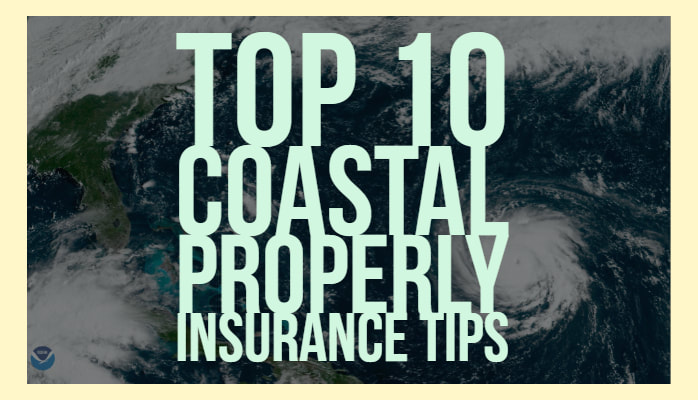|
Recent hurricane seasons have demonstrated the severe economic and emotional impact that storms can wreak on coastal regions. To mitigate potential damage, it's imperative to secure reliable insurance coverage at the start of the upcoming hurricane season. 1. Get Insured Pronto Going without insurance isn't an option―it's insanity! Policies usually require 30 days to activate, and with the hurricane season upon us, the sooner you get coverage, the better. Another reason to pick up the phone today: Insurance providers won't write a new policy if a named storm is active in your area. 2. Find an Agent You Trust Identifying good coverage at affordable rates can seem daunting. An agent you trust can help. Don't just ask friends: Seek recommendations from local professionals (such as your attorney or accountant), who are well-versed in liability issues and familiar with respected agents in your community. 3. Forget About Bargains Due to the severity of storms in the past two years and the damage they've caused, insurance companies have had to settle greater numbers of customer claims. Unfortunately, increased operating costs are inevitably passed along to you. 4. Know Your Options Don't fret if you learn that private insurance companies are canceling some policies in your area. There may be a state-backed "insurer of last resort" where you live. Examples include Florida's Citizens Property Insurance Corp., Austin-based Texas Windstorm Insurance Association, and South Carolina's Wind and Hail Underwriting Association. That's the good news. The bad news is that the cost of this insurance can be astronomical. Check your state's Web site (see statelocalgov.net) or ask your agent about individual state plans. 5. Review Your Policy Unless you've read your policy, there's no way to know what coverage you can count on. Does your policy provide a stipend for living expenses should you lose the use of your home? Find out now so you can set aside funds or upgrade your policy as required. 6. Buy the Coverage You Need Coastal homes need more (and different) coverage than most homeowners' policies provide. While your policy will typically cover damage or loss of personal possessions due to fire, theft, and other calamities, you'll most likely need a separate wind policy if your home could be damaged by hurricane winds. 7. Maximize Flood Protection If there's even the slightest chance that your home might flood, purchase the maximum amount of flood insurance without fail. The National Flood Insurance Program―the federal government is the only entity offering this type of coverage―allows you to purchase up to $250,000 in flood insurance for buildings and an additional $100,000 in coverage for personal property. Talk to your agent or visit floodsmart.gov to find out more. 8. Study Your Deductibles If your policy has a 2 percent hurricane deductible (applied to the total value of your home), make sure to set aside those funds as soon as possible. Keep in mind that you may have to incur this expense more than once if your home is hit by multiple storms. 9. Stay Current on Premiums Nothing is more disheartening than having your coverage lapse because you forgot to pay your premium. Mark your calendar, arrange for direct deposit, or leave a note on the refrigerator. Just don't forget. 10. Store Papers Safely Never file insurance policies or other irreplaceable documents (property surveys, titles, tax returns) in a vulnerable home or office. Leave them in a safety deposit box or place in a water- and fireproof safe hidden in a masonry wall or anchored to your basement floor. If you have any questions regarding coastal property insurance, flood insurance, or homeowners insurance, click here to speak with one of our insurance professionals.
0 Comments
Your comment will be posted after it is approved.
Leave a Reply. |
Archives
February 2022
Categories |


 RSS Feed
RSS Feed